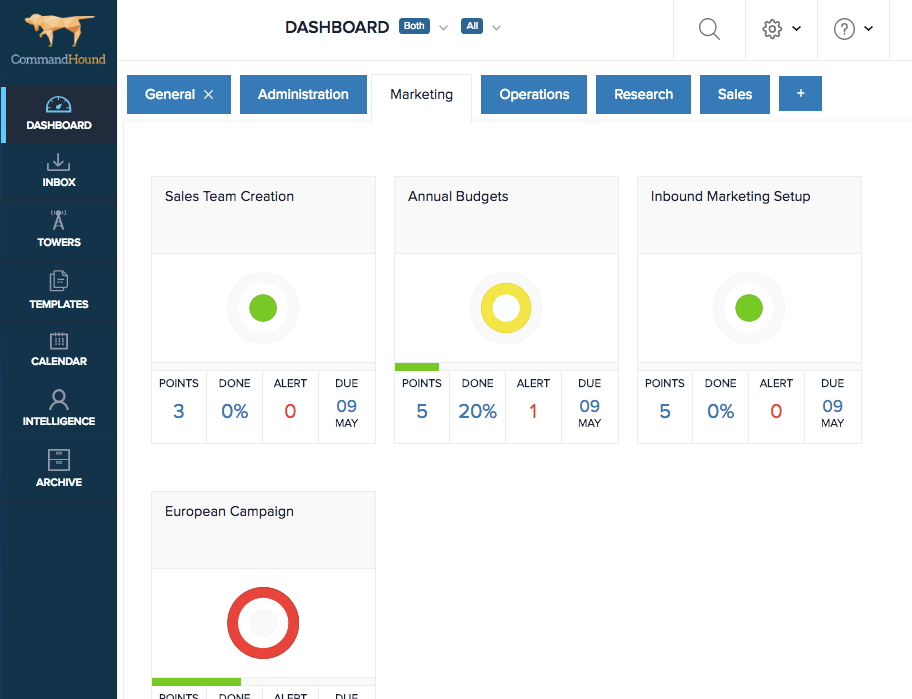Master the Art of Escalation to Make Sure Things Get Done
Escalation is a very powerful tool to make sure things get done at work. However, it should be used carefully and judiciously.

Learn to Effectively Escalate Tasks, Milestones or Issues to Make Sure Things Get Done
When a culture of accountability in the workplace exists, escalating things without the usual negative and subjective connotations is easy. In these work environments, escalating tasks or issues is nothing more than a simple date-driven event to notify the people involved that a due date has been reached without the task or milestone being completed or the issue being resolved.
Objective Criteria
The art of escalation is not about crying wolf or trying to get somebody in trouble. It is about getting things done. When the escalation trigger is well-defined and understood, it becomes a mechanical and predictable thing that the entire organization can embrace.
Here are a few things to keep in mind when use the power of escalation at work:
1. Urgency Levels
Consider developing a method to show urgency levels when defining multi-level escalation paths. For example, use color codes to identify escalation levels. Green for no escalation yet, yellow for first level escalation, red for second level escalation. This can help the people involved determine the level of urgency as a glance.
2. Technology
Using a task management or an issue management tool that has an escalation engine built-in can also help eliminate the subjective human element that tends to creep into any escalation process.
 CommandHound Has a Built-In Color-Coded Escalation Engine
CommandHound Has a Built-In Color-Coded Escalation Engine
CommandHound is a task and issues management tool that has been built from the ground up with escalation in mind. CommandHound uses a color-coded task status to track urgency and escalation levels:
- A task remains green as long as it is marked as complete on or before its due date
- If the due date passes and the task has not been completed, CommandHound will escalate the task to the the next person while marking it yellow
- If the escalated task fails again to be marked as completed when by a certain date, CommandHound escalates the task one more time and marks it red. At this stage the task has become critical and has been escalated to the highest levels for immediate action.
3. Heads Up
When defining escalation paths and timeframes, the person who is being escalated to should both have enough time to understand the history of what is being escalated and have enough time to resolve it.
 Give Enough Time for Escalated Things To Be Properly Handled at the Next Level
Give Enough Time for Escalated Things To Be Properly Handled at the Next Level
There is nothing more annoying for team leaders or management than to be surprised with an escalated item that needs to be resolved immediately but there is no time to properly digest, process, or understand why it failed to be completed on time.
Conclusion
Would you like to learn more about how CommandHound can help you drive a culture of accountability and use the power of escalation to make sure things get done?
